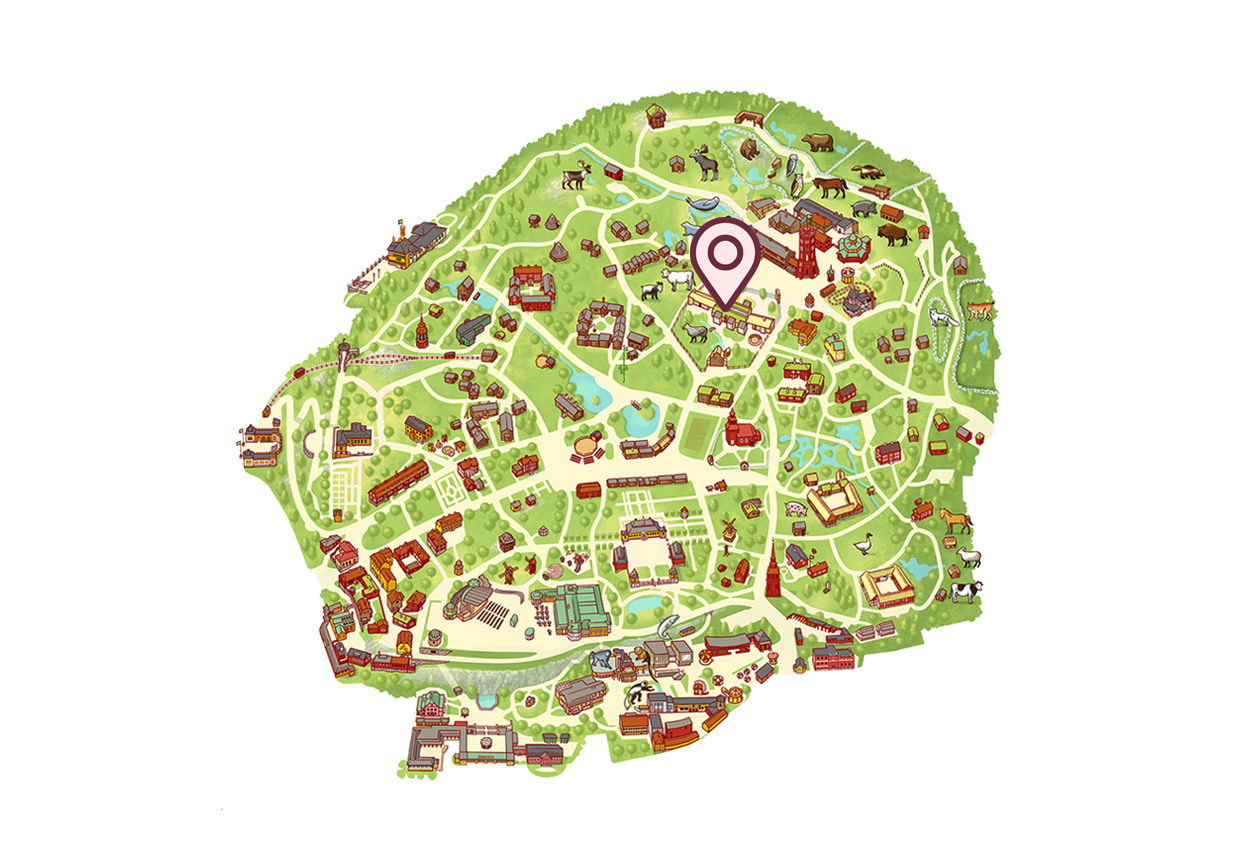- European tree frog
European tree frog
The European tree frog is the smallest of our frogs. It is just 5 cm in size, and lives in southern Skåne.
-
Can change colour
The European tree frog is grass green on top, with a black, often yellow-edged stripe on the sides, and a whitish underside. A dark band runs along the sides of the body from the nostrils to the abdomen. The male has a brown throat that can be inflated into a large ball. The frog can also blend in with its surroundings by changing colour.
-
About the European tree frog
Scientific name:Hyla arborea
Order:Tailless amphibians (Anura)
Family:Tree frogs (Hylidae)
Weight:4–10 g
Length:Approx. 5 cm
Breeding season:April–June
Number of young:A female can lay up to 1,500 eggs in many small clumps
Lifespan:Approx. nine years in the wild, or up to 22 years in captivity
Eats:Insects
Distribution in Sweden:Southern Skåne
-
It can thereby avoid being seen by both enemies and prey. Its skin secretion is also toxic, and human skin can become infected on contact. Contact with the eyes can cause temporary blindness.
Hops between leaves
European tree frogs live in trees and bushes. Older ones can often climb high up in the foliage, while younger ones stay close to the ground. They can jump skilfully from leaf to leaf, and catch insects and larvae.
Can be heard from a kilometre away
Spawning and young development take place in still waters such as lakes, ponds and marshes, and sometimes in smaller bodies of water such as ditches and puddles. During the mating season – which takes place between April and June in Skåne – the males croak frequently, especially at night. Even later in the summer, its ringing call can be heard at least a kilometre away.
The European tree frog reaches sexual maturity at around three years of age, and can normally live for up to nine years. Up to 22 years has been recorded in captivity.
Conservation work
In Skåne, a conservation programme has been carried out to restore the European tree frog’s breeding sites such as ponds and other wetlands. As a result, European tree frog numbers have increased from 2,000 in 1980 to 25,000 in 2008, and it is therefore no longer red-listed in Sweden.
The European tree frog is classified as ‘Least Concern’ on the Swedish Species Information Centre’s red list.
-
Did you know…
The European tree frog is a master climber, thanks to sticky pads on the tips of its toes. It can easily climb vertical shiny surfaces.
You can find the European tree frog here
